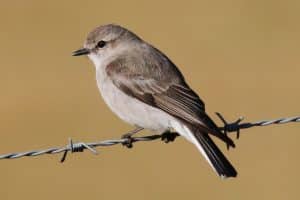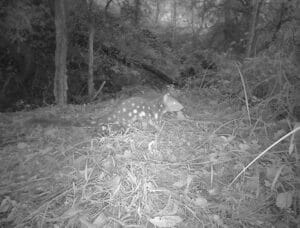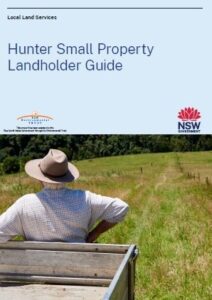
Jacky Winter
Image credit www.australiaswonderfulbirds.com.au
Small Brown Birds (SBB) should be a common feature of our local bushland areas. They are, as the name suggests, small and brown. In my mind, SBB’s include any species under about 20 cm in size. In our area, this would typically include species such as gerygone, thornbill, scrubwren, treecreeper, jacky winter, varied sittella, monarch, flycatcher, fantail, silver-eye – the list goes on.
Other species can confound me too, even though the males are brightly coloured, the females are often small and brown (or grey)! Robin, wren, some species of honeyeater, eastern spinebill, white-fronted chat, golden whistler, finch and so on.
SBB’s often move quickly, flitting around the shrubbery, munching on insect and other delicacies in the forest and chirping merrily. Incredibly difficult to identify (to the uninitiated), small brown birds often disappear from modified environments where there is inadequate scrubby habitat. Ideally, their habitat would comprise local native shrubs, grasses and groundcovers, but SBB’s will also utilise weedy habitat, such as lantana thickets, when there is no alternative.
So why are SBB’s important in the landscape? The narcissist in me might say it is the joy that they share through their happy songs and merry flight patterns. More important though, is the role SBB’s play in pollination, seed dispersal and insect control. SBBs like scrubwrens, fairy-wrens, some robins and thornbills, and the threatened Speckled Warbler improve soil health by scratching the ground as they forage, aerating the soil and mixing organic matter to promote decomposition and healthier plant growth. In very simple terms, the removal of any species from an ecosystem results in a change in a delicate balance in diversity, functionality and ultimately, resilience. This can ultimately result in a cascade of other changes and impacts to that ecosystem.
Bell Miner Associated Dieback (BMADB) is a classic example of how this can occur. In post-logging areas of northern NSW, Eucalypts regenerated quickly with a dense monoculture of lantana in the understorey wet sclerophyll forest ecosystems. This weed dominated habitat favoured the nesting of the local Bell Miner population so dramatically that other insectivorous bird species were eventually forced out of the area by the territorial Bell Miners. Psyllids are sap-sucking insects that naturally occur in these ecosystems, but which are usually kept in-check by insectivorous birds and predatory insects, such as wasps (and spiders). Unlike other insectivorous bird species, Bell Miners are able to harvest the sugary lerp produced by the psyllid without disturbing or harming the psyllid. The Bell Miner foraging behaviour allows the psyllid population to expand to the point that the host tree suffers significant leaf senescence and eventual dieback. Bell Miners also prey on other psyllid predators such as spiders and wasps, further enabling the psyllid population to boom. In an undisturbed ecosystem without a lantana monoculture, a diverse array of bird species co-exist and forage the insects within the forest and keep the psyllid population in check.
Likewise, many of our garden pests are controlled by our insectivorous small brown birds, which makes them a good friend to avid gardeners.
What can you do to bring back the SBB’s? Easy-Peasy:
- Retain a diverse array of native shrubbery, grasses, sedges and herbaceous ground covers – local species are best
- Systematically control weeds
- If there is a dry spell, keep a clean water source for SBB’s (and other fauna) that is close to shelter (spikey native shrubbery)
- Retain leaf litter, woody debris and native ground covers to encourage diversity at all levels of the vegetation and provide resources (fungi, insects, worms etc) to our native fauna ( it will also facilitate nutrient cycling)
- Minimise the use of pesticides in the garden
- If you have a cat, keep it from roaming AT ALL TIMES (that means a proper cat enclosure)
But most of all, don’t forget to enjoy the antics of our Small Brown Birds – they really are a delight to observe.
Interested to read more about SBB’s here is an article from Birds Australia
If you would like to read more on the topic of bird-friendly farms Birdlife Australia has written a booklet you can access here Bird-friendly Farms — NSW Landcare Gateway
Article by Isabelle Strachan, Private Lands Conservation Matters Project Officer
![]()




